Wizard Tag
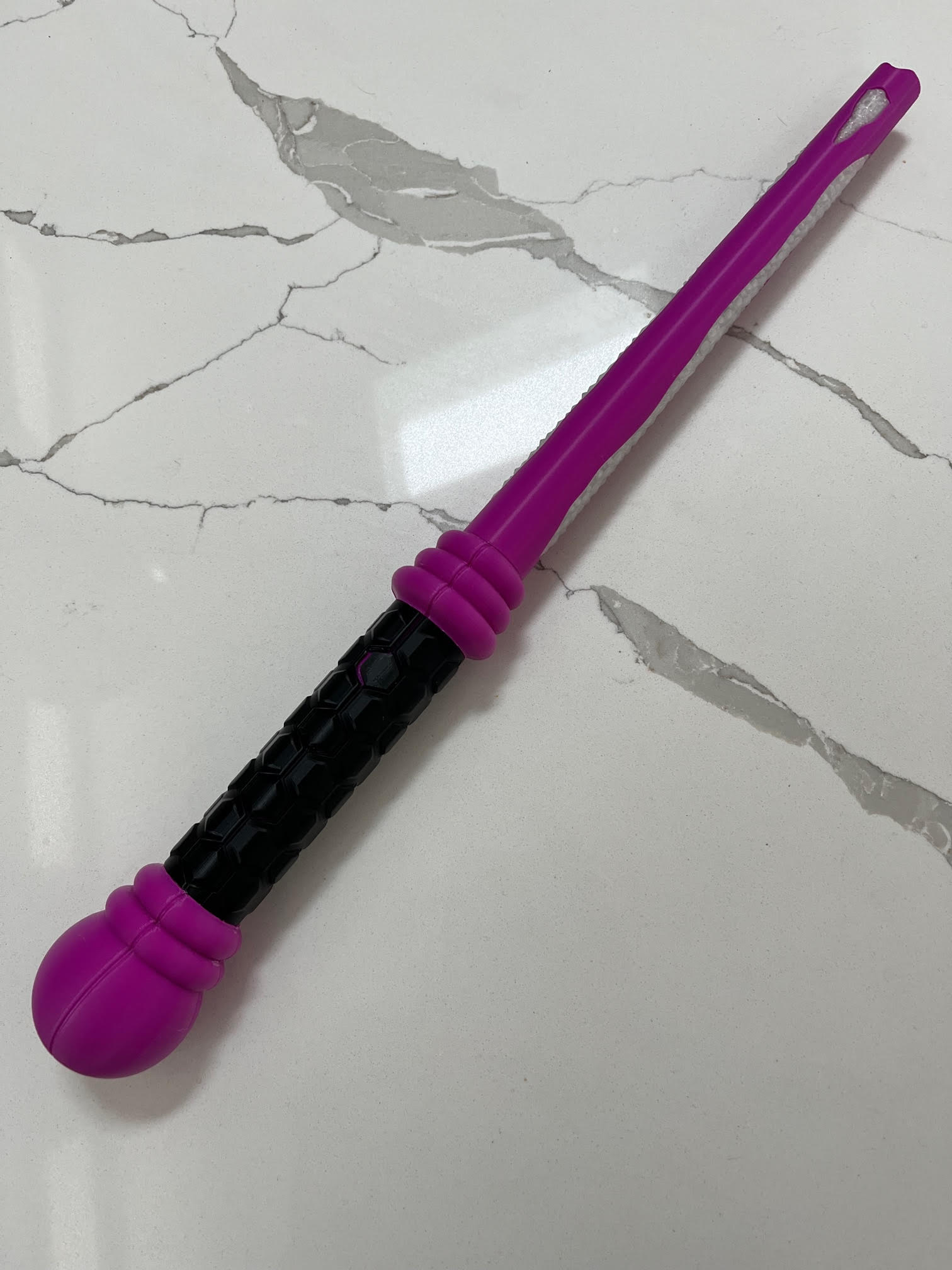
Our case prototypes will help us validate designs, prove connections work, and assist in testing.
In order to take the wands to the next level and complete software testing, we have to have the hardware safely enclosed in a case that closely resembles the final case design both in shape and properties.
3D Printing Cases for Prototypes
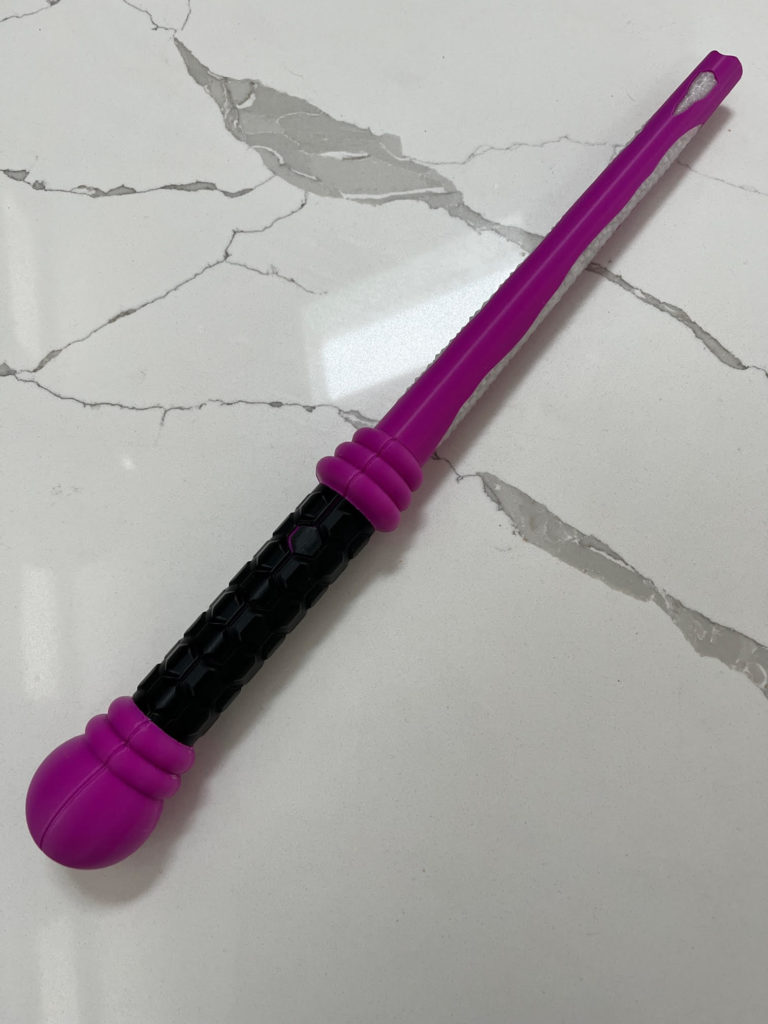
How were the cases for the wizard tag wands designed?
There were a lot of concept drawings. mechanical drawings, and ideas that were added or thrown out with the wand design. When it came down to the details and getting a precise fit for the circuit board, we first turned to our awesome circuit board designer!
He used Computer Aided Design to craft a case that met with our requirements, which included the following:
- Should look like a magic wand
- Hides manufacturing seams
- Geometric designs on grip
- Celtic knot on pommel
- Contains the circuit board and battery securely without screws
- Allows LED light out and IR light in while concealing internal electronics
Once we had a beautiful design, we 3D printed the parts to test the concept and were able to get a pretty good fit and demonstrate that the design met most of our requirements.
The next step was to refine the case and make sure that it was Designed For Manufacturing. DFM is a process that takes into account how the machines will make parts and remove them from molds.
We hired a professional design engineer for this and also contracted him to produce higher quality 3D printed cases once the design was tested and complete.
He used different CAD software and more precise 3D printers to get better detail on the prototypes.
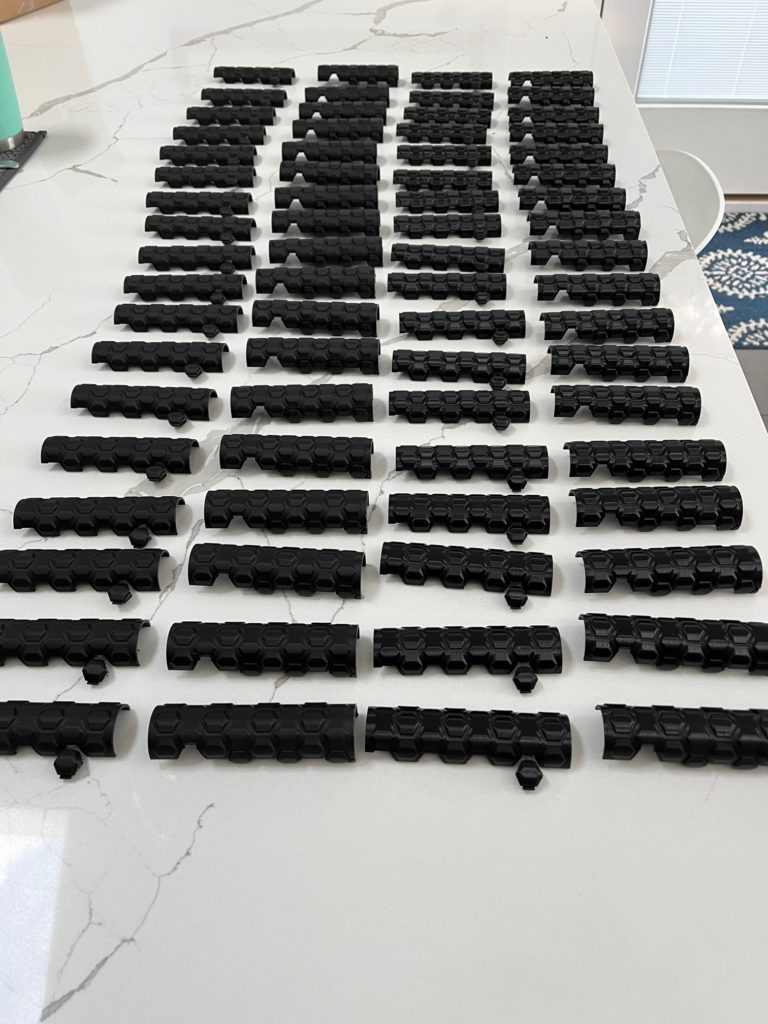
Why did we decide to 3D print the prototypes?
We decided to put all the prototype circuit boards in 3D printed prototype cases to protect them and assist in the field testing, once the software is complete.
The printed cases have almost the same appearance that the final molded cases will have. They demonstrate the connections and the fit, and they simulate the translucent lenses.
3D printing is far more economical than producing molded parts for prototypes and prevents having to pay huge additional costs if anything were to be found that requires a change in the case before production! It is not easy and sometimes impossible to change an injection mold.
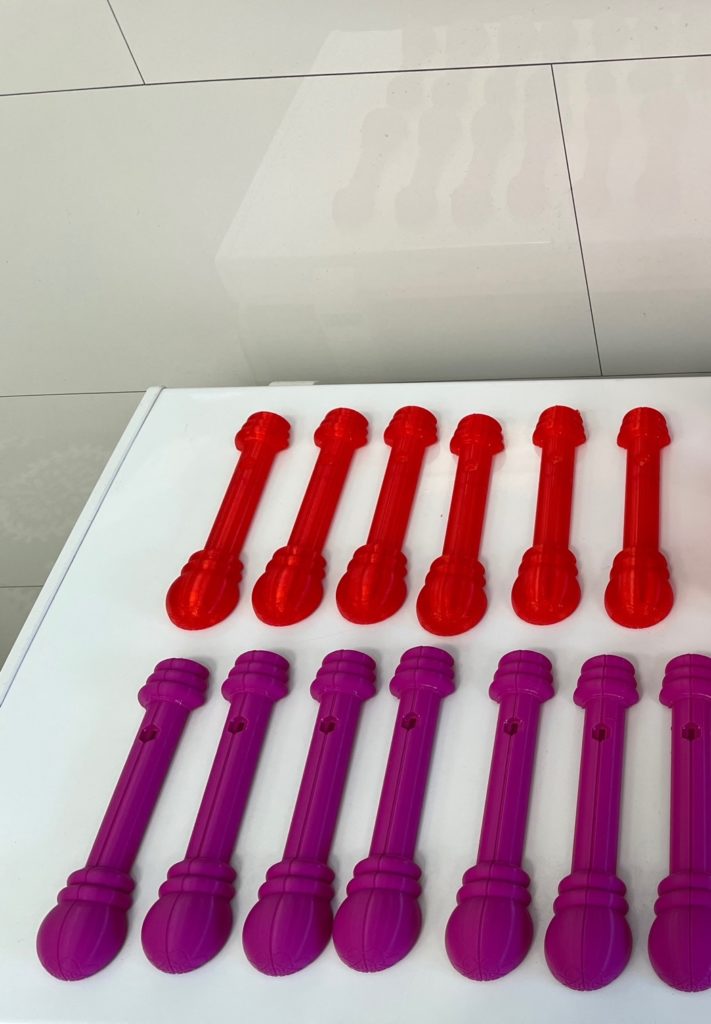
Why are the prototypes in different colors?
As we post more pictures and people see the prototypes being tested, you may wonder why there are so many different colors!
In fact, you may have already seen a coral-colored wand with aqua highlights, or the deep pink wand that we used to test the latest revision of the circuit boards. We have an all black concept-prototype that has opaque green parts instead of the required lenses.
Those and the future colors (which may even be wilder!) are for a number of reasons:
- We thought it would be fun to have different and sometimes crazy colors.
- It helps to differentiate the wands and what software is loaded in each for testing.
- People may like the different colors and we can get feedback on what the wands should look like for the final product.
If you would like to weigh in on wand color, please comment below!
Share your thoughts in the comments below!
- What colors do you think look good for the Wizard Tag Wand?
- Would you rather see wood-grain rather than a solid color?
- Do you have any comments or suggestions about the design?

Want more Wizard Tag updates?
Follow our Progress as we create Laser Tag for Wizards!
#makingmagicreal
Browse the Latest Blogs:

Game Review: The Vale of Eternity
- 6 min read
- Date: May 12, 2024

Game Night: Root
- 4 min read
- Date: May 5, 2024
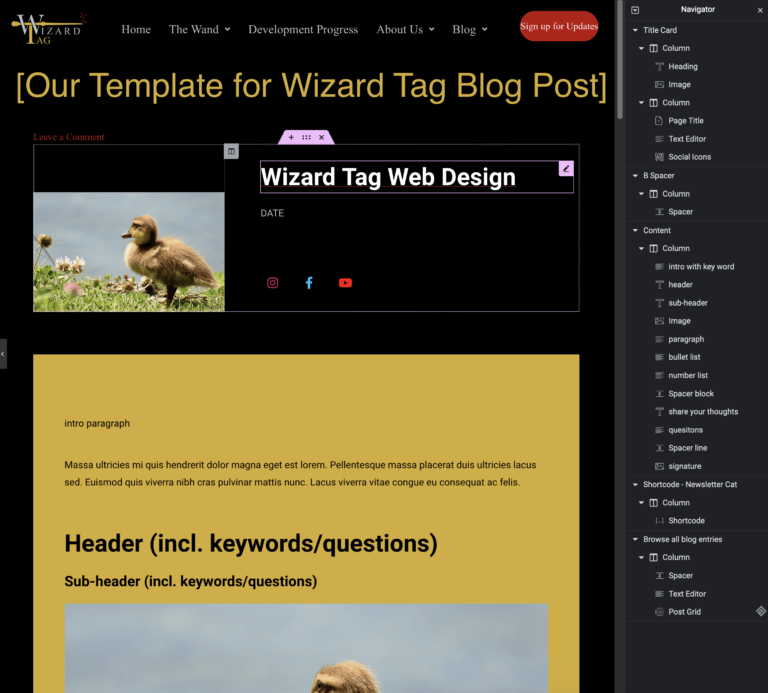
Wizard Tag Web Design
- 4 min read
- Date: April 28, 2024